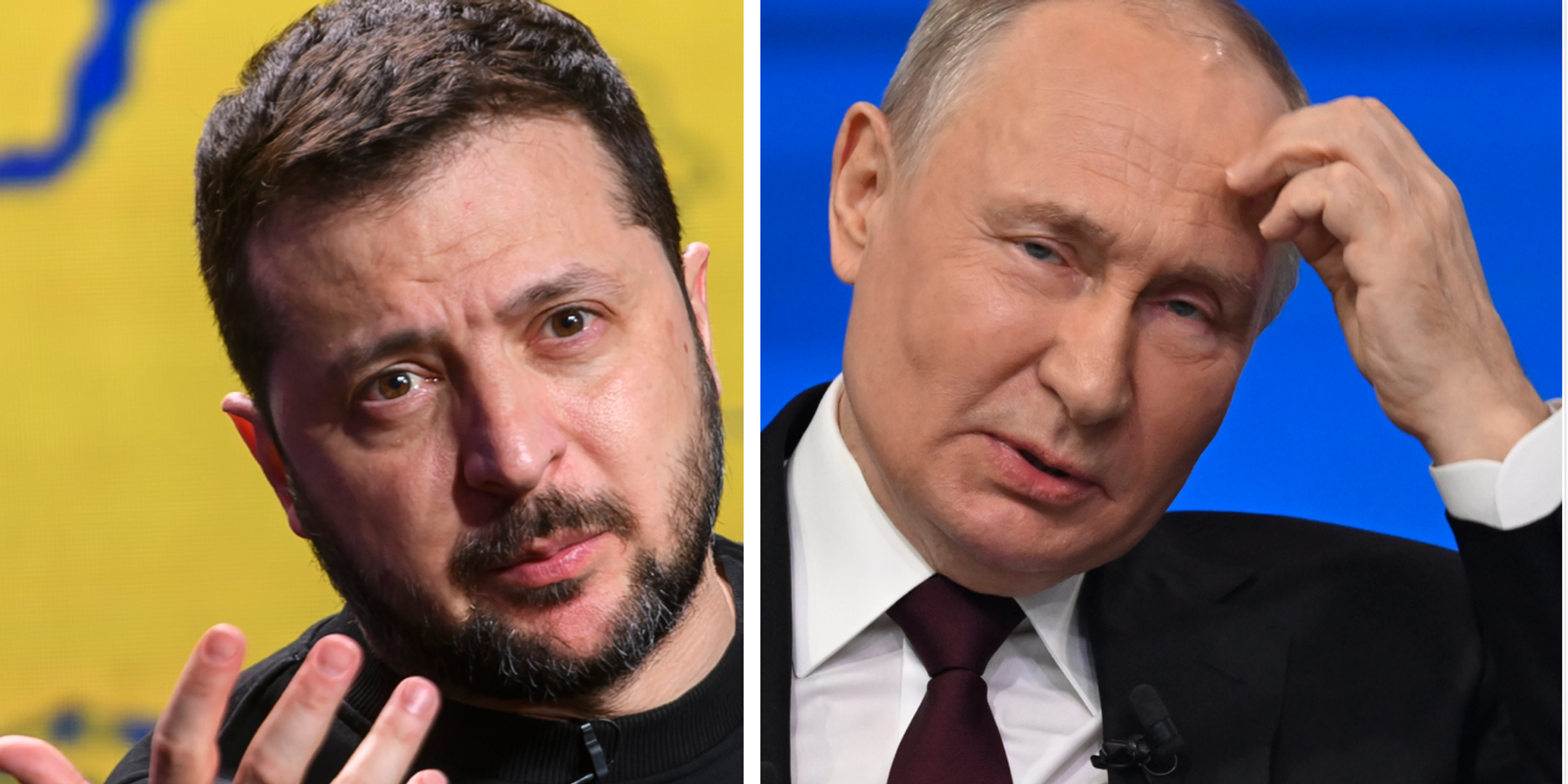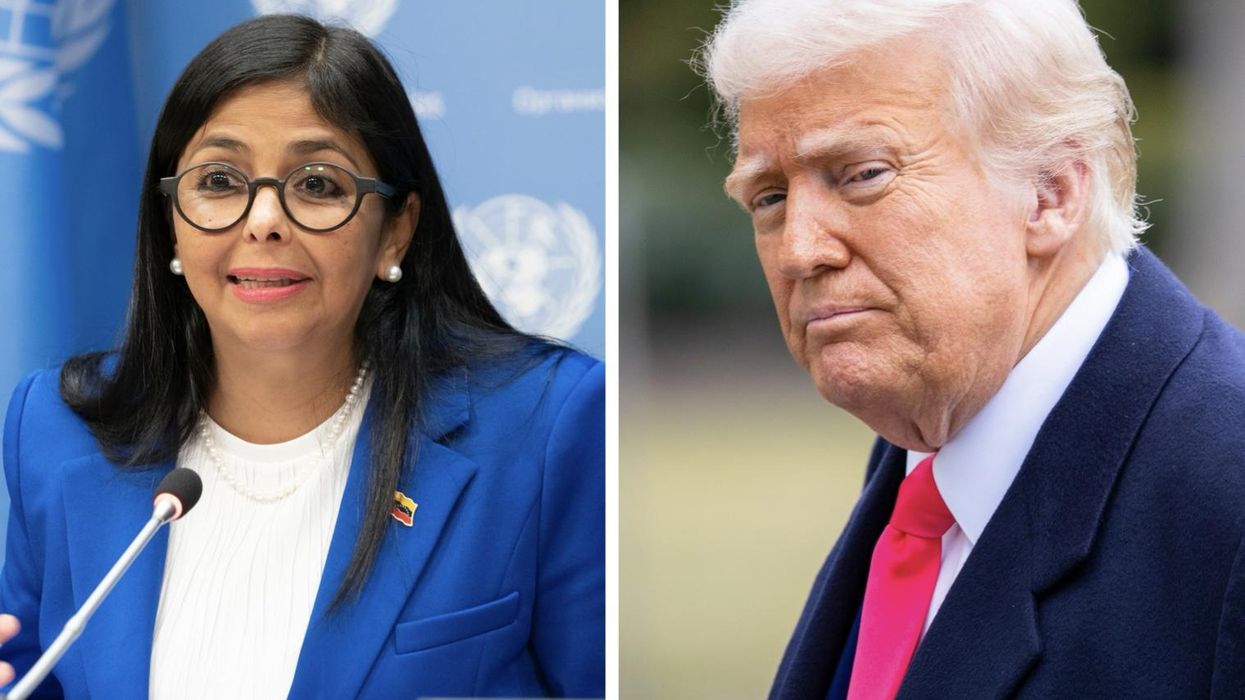The Trump administration has so far played its cards in the Ukraine peace process with great skill. Pressure on Kyiv has led the Ukrainian government to abandon its impossible demands and join the U.S. in calling for an unconditional temporary ceasefire.
This call, together with the resumption of U.S. military and intelligence aid to Ukraine, is now putting great pressure on the Russian government to abandon its own impossible demands and seek a genuine and early compromise. A sign of the intensity of this pressure is the anguish it is causing to Russian hardliners, who are demanding that Putin firmly reject the proposal. We must hope that he will not listen to them.
That does not mean that Moscow either will or should simply agree at once to a ceasefire. It will not, because the Russian government has always insisted that certain things have to be firmly nailed down in advance. It should not, because unless key things are agreed and/or excluded, there will be a grave risk that the ceasefire will collapse and the war will resume. These issues will now be discussed in the next round of U.S.-Russia talks, and we must hope that they can be agreed upon with reasonable speed.
Among the things that Russia will have to abandon is Putin’s previous demand that in return for a ceasefire Ukraine withdraw from those parts of the four provinces that Russia claims to have annexed but Ukraine still holds. That is not going to happen, any more than Russia will withdraw from the territory it now holds. The ceasefire line will run where the battle line stops. However, it seems probable that before agreeing to a ceasefire Russia will do its utmost to drive the Ukrainian army from the sliver of Russian territory it holds in Kursk, and it may well achieve this in the coming days.
Something that should be agreed — at least in principle —- before a temporary ceasefire is the framework of a long term ceasefire. It is not clear from the latest U.S.-Ukraine talks if Kyiv has definitely given up its hope of a European peacekeeping force. It must do so; for the Russians regard this as NATO membership by another name, and if the Ukrainians and Europeans try to re-introduce this later, Russia will resume the war.
Any peacekeeping force must come from genuinely neutral countries under the authority of the United Nations; and this in turn could form the starting point for a new consultative mechanism on European security —- something that Russia has been seeking for the past 15 years at least.
Western suggestions for this have been pointless and unacceptable to Moscow, because they have involved four Western nations plus NATO and the EU “consulting” with Russia. For Moscow, this would be simply a new version of the failed NATO-Russia Council, in which Western countries line up to present Russia with previously agreed diktats.
A UN peacekeeping force for Ukraine by contrast could be under the aegis of a committee of the five permanent members of the UN Security Council, plus Germany and whichever leading member of the “Global South” (for example, India and/or Brazil) provides significant numbers of peacekeepers. Such a group would also put content in (so far empty) Western acceptance of the “multipolar world,” and Western recognition that other countries have legitimate interests in European stability, insofar as war in Europe can have severe effects on their own food and energy security.
Such a UN mechanism could in turn help initiate talks on mutual arms limitations. Russia will obviously have to give up its previous demand that Ukraine reduce its armed forces to levels where they could not defend Ukraine, but it can be expected to press hard for limits on certain categories of weapons, like long-range missiles. This will be far easier for Ukraine, the U.S., and EU to accept if it forms part of a wider process of arms limitation negotiations.
One promising element could be a return to the mutual abolition of intermediate missiles in Europe.
Obviously such a complicated issue cannot be negotiated before a ceasefire, but an announcement of the beginning of a new arms control process should be possible.
Then there is the issue of the approximately $300 billion in frozen Russian assets, mostly held by Europe. Moscow will certainly demand a guarantee that they be unfrozen. The EU for its part is under pressure to seize the assets and use them to fund Ukraine —something that would be both illegal and a serious obstacle to peace. Ideally, however, together with EU aid they could form part of a Ukraine reconstruction fund under the UN, with a significant proportion of the Russian money going to reconstruct the Russian-held areas of Ukraine. Russian officials have suggested that this solution could be agreed.
These are all highly complex issues. Nonetheless, given intelligence and goodwill on both sides, it should be possible to make real progress in the next round of talks, and open the way to a ceasefire in the reasonably near future. Russia has good reason to seek an agreement, because otherwise the future offers only on the one hand a grinding war of attrition for uncertain gains, and on the other, the collapse of a highly promising new relationship with Washington.
Ukraine too will have to compromise, and here, professed friends of Ukraine in the West also have a responsibility, which so far all too many have completely failed to meet. The Trump administration’s initiation of the Ukraine peace process has been met in much of the U.S. and Europe not with sensible analysis and advice but hysterical and hate-filled condemnation, including disgraceful accusations of “treason”, of “betraying Ukraine”, and of a “New Yalta Agreement.”
As the latest news clearly demonstrates, none of this is true. And if as Marco Rubio has said, the ball is now firmly in Russia’s court when it comes to peace proposals and a ceasefire, it is also true that Ukraine also still has the capacity to wreck peace talks by introducing or reintroducing conditions that Russia will automatically reject. Their “friends” should not encourage them to do so.
- A different kind of security guarantee for Ukraine ›
- Right now NATO could not win a war with Russia ›
- Diplomacy Watch: Putin lays out demands for ceasefire | Responsible Statecraft ›
- Scoffing over Russia-Ukraine ceasefire wont last. Here's why. | Responsible Statecraft ›
- US-Russia talks: The rubber finally hits the road | Responsible Statecraft ›
- Will EU stand in the way of Russia-Ukraine ceasefire? | Responsible Statecraft ›
















